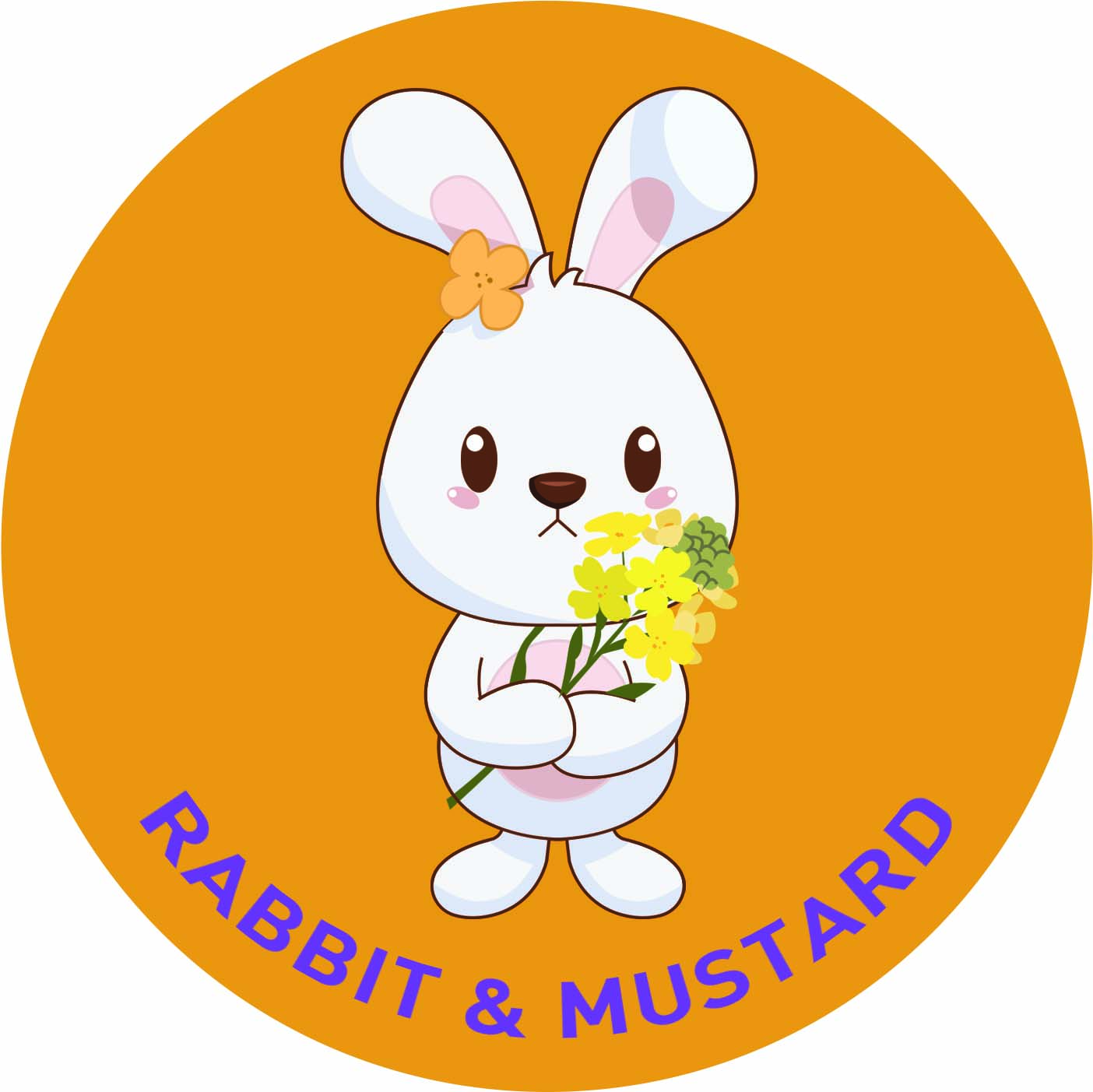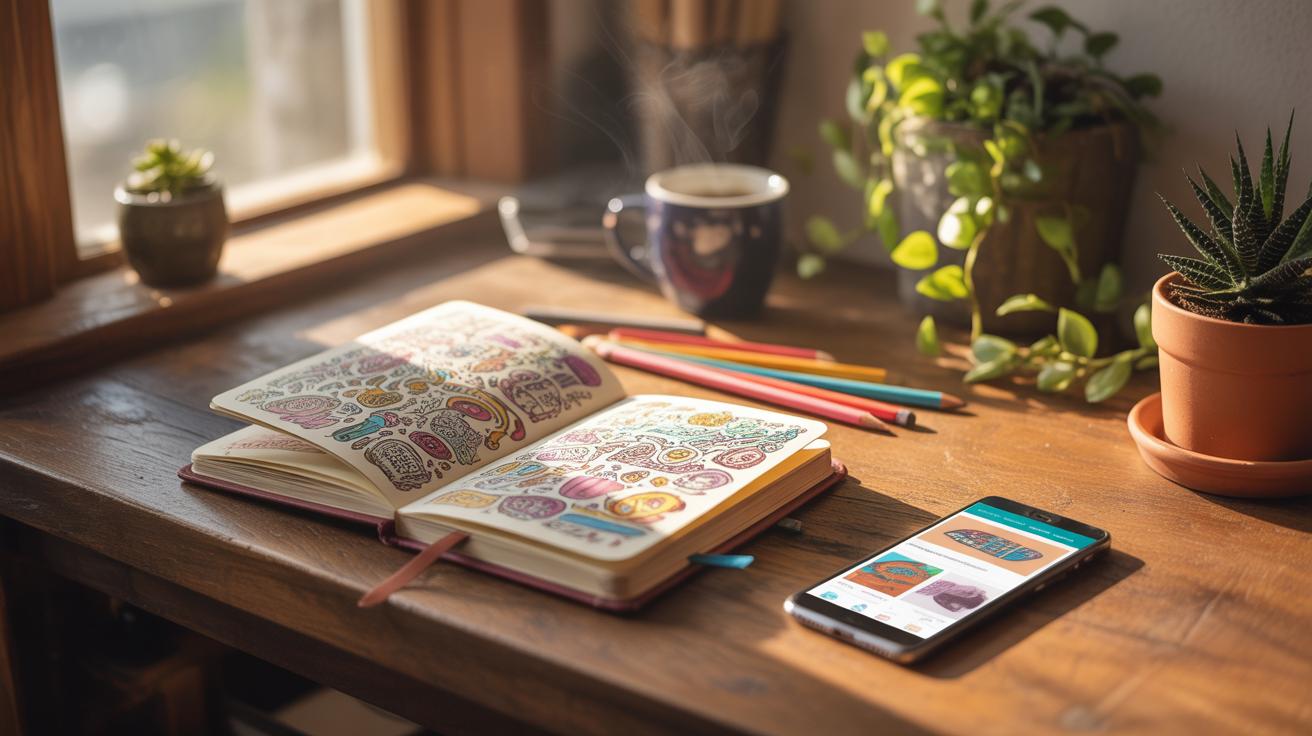
Journal Writing Prompts For Everyday Inspiration And Creativity
Introduction
Journaling can be a simple way to find new ideas and express yourself. Using prompts can help you start writing, especially when you do it every day. These prompts can guide your thoughts and help you stay inspired. You don’t need to think too hard about what to write. Just follow the prompt and enjoy discovering what you think and feel.
This article will show you different prompts to use for inspiration. We will also explore how journaling can help your creativity grow. You will learn ways to keep your writing fresh and exciting. Each section gives you useful prompts and tips to make your journal a helpful tool.
Starting Your Daily Journal
Beginning a daily journaling habit can feel overwhelming at first, but simple prompts make the process much easier. Think of prompts as gentle nudges rather than strict rules. You don’t need to write a perfect essay each day. Even a few sentences can help you get started.
Writing regularly builds a rhythm. When you do it daily, your mind starts expecting this moment of reflection. Over time, journaling becomes less of a chore and more of a routine—a little pause in your day to capture thoughts. This routine can be surprisingly creative. It opens doors to ideas you might not notice otherwise. Sometimes, the quiet act of writing daily even helps untangle confusing feelings or sparks new projects.
Choosing Your First Prompts
For beginners, prompts should feel inviting, not demanding. They should tempt you to write, not stress you out.
Try these easy ones first:
- What’s one thing I’m grateful for today?
- Describe a moment that made you smile recently.
- What’s on my mind right now—no filter?
- What’s something small I want to improve tomorrow?
These questions are simple but effective. You can answer quickly or let your thoughts wander. Either way, they lower the barrier to start writing. If one prompt doesn’t click, try another. There’s no special order or rules here.
Setting A Writing Routine
Choosing a specific time and place for journaling helps cement the habit. Maybe it’s your breakfast nook, or late at night before bed. Finding a consistent spot makes the process feel natural. Your environment cues your brain—this is the time to write.
Consistency matters because it trains your brain to expect this break each day. Even a short, five-minute session works if you keep it steady. Skipping days breaks the rhythm and can make it harder to return. But if you keep showing up for yourself, the daily journal becomes something you want, rather than have to do.
Using Prompts To Explore Feelings
Writing prompts can guide you when it feels tricky to sort through your emotions. They offer a gentle nudge, directing your thoughts toward what might seem unclear or even hidden. Sometimes, you start off unsure what you’re feeling, then, by following a prompt, you find words that reveal a surprise layer beneath.
Expressing feelings in writing matters because it helps you understand yourself better. It’s not just about dumping emotions on paper; it’s about naming them, seeing them from different angles. This can bring some calm or clarity when feelings feel overwhelming or mixed up. I’ve noticed, at times, how putting anger or sadness into sentences makes the emotion less sharp, less dominant.
Prompts For Emotions
Trying emotional prompts can feel uncomfortable initially, but it’s worth pushing through. Consider these prompts to start:
- Describe a recent moment when you felt frustrated. What triggered it?
- Write about a time you felt truly joyful—what made it special?
- What emotions are present today? How do they affect your body?
- Recall a memory that still stirs strong feelings. What does that reveal about you?
These prompts don’t ask for deep confessions all at once; they simply invite small steps into emotional honesty. Over time, writing about feelings becomes less daunting and more natural.
Benefits Of Emotional Writing
Emotional journaling can ease mental stress. When you label your emotions, you reduce their grip—they become easier to manage. For example, writing about anxiety might reveal specific worries you hadn’t realized before, helping you address them more clearly.
Many find this practice lowers negative moods and increases self-compassion. On days when my mind races with unresolved tension, a few lines about what I’m feeling can turn chaos into something manageable. It might not fix everything, but it offers a pause, a slight relief.
Have you noticed how sometimes just noticing your emotions changes how you experience them? Journaling can amplify that effect, giving you a private space to sort feelings without judgment or pressure.
Boosting Creativity Through Journaling
Daily journal prompts can gently nudge your mind out of its routine. When you face a fresh question or a curious situation on paper, your brain shifts its gears—even if just a little. Often, that’s enough to spark new thoughts or unexpected connections. It’s not about forcing ideas but giving yourself a space to wander and wonder.
The act of writing itself—the movement of words forming sentences—can reveal insights you didn’t realize you had. Sometimes, you start describing something simple like your morning coffee, and before you know it, your thoughts drift to memories, daydreams, or stories. It’s a subtle kind of discovery. This happens because putting things into words requires organizing your thoughts, which often leads to fresh angles and ideas.
Creative Prompt Ideas
Try prompts that push beyond everyday thinking. Here are a few you might find interesting to try:
- Describe a world where colors have flavors.
- If you could talk to one object in your room, what would it say?
- Write a letter to your future self, but only using questions.
- Invent a new holiday and describe its unusual traditions.
- Imagine time froze for an hour every day. What happens?
These prompts might feel odd or random at first, but that’s exactly why they work. They push you to explore ideas that aren’t immediately familiar, helping your imagination stretch without strict rules.
How Writing Sparks New Ideas
When you write down your thoughts, something changes. The vague idea floating in your mind turns into something more concrete. Writing makes you slow down and see your ideas clearly. That clarity often leads to new insights.
For example, if you jot down your thoughts about a problem you can’t stop thinking about, the act of putting words to it can reveal a solution you hadn’t noticed. Or, while describing a memory, you might stumble on a surprising detail that sparks a whole new story.
Through writing, your mind plays with ideas more freely. Sometimes, connections form between what feels unrelated—a detail from yesterday blending into a dream you had last night. This process doesn’t always unfold neatly; sometimes it’s messy, maybe even confusing. But it’s in that messiness where creativity can really grow.
Journaling For Problem Solving
When you face a problem or a tough decision, journaling can act as a kind of mental clearinghouse. Writing helps slow down racing thoughts, which might feel scattered or overwhelming at first. It forces you to lay out what’s on your mind. That space—between thinking and writing—can reveal things you might otherwise overlook or rush past without much awareness.
Prompts can nudge your thinking in helpful directions. Instead of staring blankly at the problem, a prompt gives you a question or a frame to explore. It shapes your reflection, making the process feel less daunting. You don’t have to figure everything out at once. Just follow the prompt and see where your thoughts lead.
Problem Solving Prompts
Here are some prompts that can guide you as you work through a problem in your life or work:
- What exactly is bothering me about this situation? What parts are within my control?
- If I imagine this problem solved, what does that look like? How did I get there?
- What assumptions might I be making that aren’t necessarily true?
- What advice would I offer a friend facing this issue?
- What’s the smallest step I can take right now toward resolving this?
Using questions like these helps break the problem into smaller pieces. This way, you don’t feel stuck trying to fix everything at once or find some perfect solution. Sometimes just naming parts of the issue opens new pathways.
Using Stories To Find Solutions
One way I often find helpful is writing out stories or scenarios related to my problem. Imagine different outcomes or play them out as scenes. This method allows you to step outside your immediate perspective and see options you might miss in your head. You can create characters who represent parts of your problem or your choices, then watch how they interact.
By telling these stories, you might notice consequences or opportunities that weren’t obvious before. It’s almost like running mini experiments on paper. You don’t have to be a writer or aim for perfect narratives. Just let the story flow and see what your mind uncovers. Sometimes, solutions arrive disguised as simple plot twists.
Tracking Personal Growth How Journaling Reveals Your Journey
Journaling offers a unique way to observe how you change over time. When you write down your thoughts regularly, you capture small moments and shifts that might not feel obvious day to day. Looking back, these snapshots often reveal patterns, obstacles overcome, and progress made—sometimes in ways you didn’t expect.
Using prompts that focus on reflection can sharpen this process. For example, asking yourself “What lesson did I learn this month?” encourages not just remembering events, but interpreting their meaning. Or prompts like “How have I surprised myself recently?” nudge you to recognize growth that might feel subtle or even hidden.
Reviewing old journal entries can be eye-opening. You might notice how your worries have changed, how your responses to stress differ, or how your goals have shifted. It’s rarely a clear line forward—there may be setbacks or days you doubted yourself—but even that tells a story worth noting.
Try skimming through several entries to spot changes in tone, priorities, or confidence. Do these shifts feel consistent? Or do they reflect a mix of progress and pause? Comparing past and present journals might even spark new questions about what’s next for you.
- Reflect on lessons learned by asking: “What did this experience teach me?”
- Track achievements with prompts like: “What am I proud of today?”
- Review old entries to identify changes in attitude or feelings over weeks or months
- Notice contradictions or doubts that highlight real, human complexity
- Question your growth by considering: “What patterns do I see in my behavior?”
Journaling For Mindfulness
Mindful journaling invites you to slow down and notice the moment you’re in—right now, not yesterday or next week. Writing with prompts that pull your attention to the present encourages you to breathe into your surroundings and thoughts carefully. This kind of awareness can deepen your sense of presence, even in hurried days when your mind feels scattered.
Mindfulness isn’t just about relaxation; it also shapes how you respond to stress and distractions. By capturing your observations and feelings on paper, you practice observing without rushing to react. This can make your mind a little less cluttered and more focused, a shift that feels both subtle and quiet, yet meaningful.
Mindful Writing Prompts
Try prompts that center on what you see, hear, or feel right now. For example:
- “What sounds are around me at this very moment?”
- “Describe the texture of an object near you.”
- “Which scents can I notice where I am?”
- “How does my body feel sitting here?”
- “What colors am I seeing, and what do they make me think about?”
These prompts can steer you back to your senses, keeping the mind from wandering too far into worry or distraction.
Calming The Mind Through Journaling
Writing mindfully can calm a restless mind. When anxiety tugs at you, jotting down simple sensory observations or small, steady facts grounds your attention. It’s like giving your thoughts a place to land instead of letting them spin out. I’ve found that even a few minutes of this can chip away at that swirling feeling.
There’s a focus that emerges during mindful journaling, even if it’s fleeting or feels just out of reach. It doesn’t always erase anxious thoughts, but it can make them quieter. The act of writing slows things down, making space between your feelings and your reaction to them. That space can be enough to help you feel a bit steadier.
Writing Reality And Dreams
Journaling offers a unique space to connect what you live with what you imagine. When you use prompts that ask you to write about daily life or your dreams, you’re bridging two often separate worlds. One prompt might ask you to describe a small, ordinary moment—like the way sunlight hit your kitchen wall this morning. Another might nudge you to jot down a recent dream or a recurring one, with little judgment or filter.
Writing about dreams isn’t just about capturing strange images; it’s also about exploring feelings and thoughts that don’t always show up clearly in waking life. Have you noticed how a dream can linger and make you question something you hadn’t thought about before?
Daily life prompts, on the other hand, often invite you to notice details that might otherwise slip away unnoticed. That irritation with a conversation, or the simple delight of a good cup of coffee, gains weight when you write it down. This kind of journaling helps sharpen your awareness and builds a habit of curiosity, even about the mundane.
Try prompts like these:
- Describe a moment today that seemed ordinary but felt different when you really noticed it.
- Write about a recent dream and explore any emotions it stirred—what might it be connecting to in your waking life?
- Recall the smells, sounds, or textures from your day. What memories or thoughts do they bring up?
- Write a letter to someone in your dream, whether real or imagined, and see what flows.
These prompts help you move between your inner thoughts and outer experiences. I find that sometimes my dreams highlight worries or hopes that daily life hides beneath routines. Writing can tease out these threads slowly.
It’s less about understanding everything immediately and more about noticing how imagination and reality feed into each other. This gives you new material for creativity and self-awareness, blending the tangible and the intangible in your journal pages.
Using Prompts To Improve Writing
Journal prompts offer a practical way to sharpen your writing skills over time. When you respond to a specific question or idea, it nudges you to focus and organize your thoughts. This kind of regular practice—maybe a few minutes each day—can make a real difference. It’s not just about writing more; it’s about experimenting with your voice and ideas in small, manageable chunks.
Try varying your style through different prompts. Write from another person’s perspective, or switch between formal and casual tones. Sometimes, a prompt might ask for a list, while another invites a short story or a dialogue. This variety helps break any routine and pushes you beyond familiar territory. When was the last time you wrote a letter to your future self or described a place using only sensory details?
As you keep writing regularly, the initial awkwardness starts to fade. At first, it might feel like you’re forcing words, but over time, that hesitation lessens. With less fear, you’re more willing to take risks outside journaling—like writing emails, reports, or creative pieces. In fact, I noticed my own confidence grew after weeks of daily prompts. Suddenly, writing didn’t feel like such a big deal anymore. What’s your experience? Does writing often lower the pressure for you, too?
Keeping Journals Fun And Fresh
Journaling can start to feel like a chore if you stick to the same routine every day. You might find yourself staring at the page, unsure what to write, or worse, growing bored. One way to keep your journal interesting is by changing your prompts regularly. Instead of just answering questions about your day, try prompts that ask you to imagine, reflect, or even argue a point. For example, one day you could write a letter to your future self, and the next, list what inspires you right now. Switching things up like this nudges your brain into new creative spaces.
Mixing in art or lists can also break the writing monotony. Drawing a simple sketch next to your entry might capture a mood or idea words can’t. Maybe a quick doodle or a collage of magazine cutouts feels right. Lists are great too — they’re quick but meaningful. You might note favorite books, goals for the month, or things that made you smile. These small changes make journaling less about pressure and more about discovery.
What happens if you let your journal be messy sometimes? Try a page full of haphazard thoughts, or even just a drawing that captures your day’s feeling. It might feel odd at first, but that’s part of keeping it alive. So, if your journal starts to feel stale, ask yourself: How can I surprise myself today? Mixing styles, prompts, and creative inserts keeps the process from getting too predictable—and that’s where real inspiration often begins.
Conclusions
Writing every day with prompts makes it easier to be creative. You begin to see new ideas and understand your thoughts better. The prompts guide you and keep your journaling routine strong. This habit can improve your mood and help you grow as a writer. By using the ideas in this article, you can start or continue your journal with ease. It will add value to your daily life.
Remember, journaling is your time. Use it to explore your inner world and dream boldly. Each prompt is a chance to learn something new about yourself and your ideas. Keep writing, and your creativity will continue to grow. Enjoy the journey of discovery every day with your journal.






















